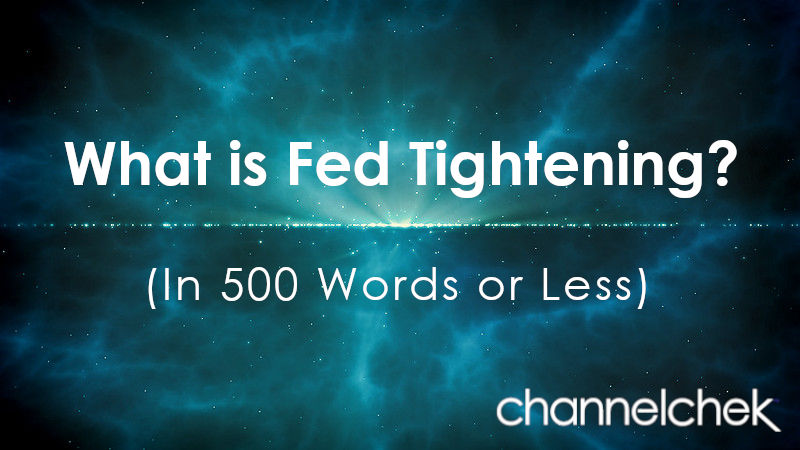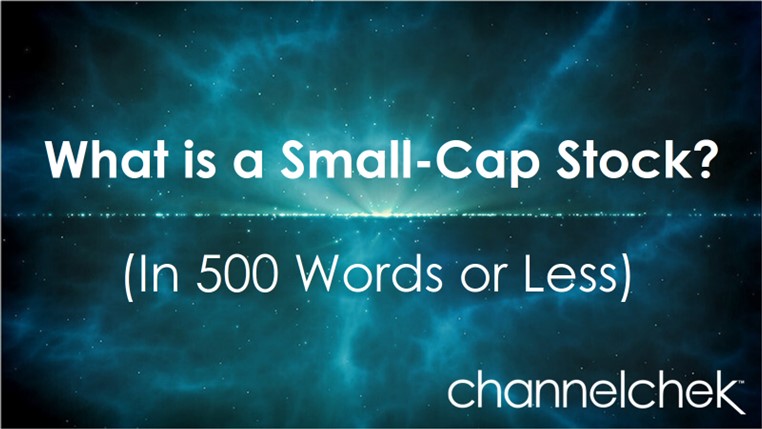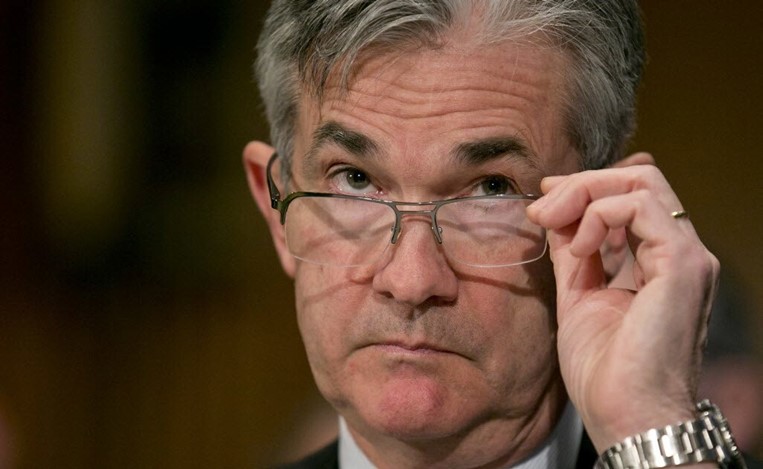Image Credit: Federal Reserve (Flickr)
The FOMC’s Big Decision on Rates
The Federal Open Market Committee (FOMC) voted to raise overnight interest rates from a target of 0.75%-1.00%. to the new level of 1.50% – 1.75%. The monetary policy shift in bank lending rates was greater than originally telegraphed by the Fed, but in line with many Fed watchers’ expectations that were swayed after the CPI release last Thursday. The Wall Street Journal and many primary bond dealers increased their forecast on Monday of this week to a 75bp increase from 50bp (nearly double the target rate at the time). The early reaction from the US Treasury 10 year was to increase by 2 basis points to yield 3.43% after trading 8bp lower most of the day (2:15pm EST).
The statement accompanying the policy shift also included a discussion on U.S. economic growth being stronger in the second quarter compared to the first. The central bank said overall economic activity appears to have picked up after edging down in the first quarter. Also, job gains have been robust in recent months, and the unemployment rate has remained low. Inflation remains elevated, reflecting supply and demand imbalances related to the pandemic, higher energy prices, and broader price pressures.
The release discussed inflation risk and shaped an understanding of the many places higher prices are coming from. The release stated, “The invasion of Ukraine by Russia is causing tremendous human and economic hardship. The invasion and related events are creating additional upward pressure on inflation and are weighing on global economic activity. In addition, COVID-related lockdowns in China are likely to exacerbate supply chain disruptions.” It added, “The Committee is highly attentive to inflation risks.”
There was no change in quantitative tightening. It will follow the exact schedule outlined earlier. For Treasury securities, the cap of securities allowed to roll off the balance sheet will be set at $30 billion per month and, after three months, will increase to $60 billion per month. The decline in holdings of Treasury securities under this monthly cap will include Treasury coupon securities and, to the extent that coupon maturities are less than the monthly cap, Treasury bills.
For agency debt and agency mortgage-backed securities, the cap will initially be set at $17.5 billion per month beginning June 1, and after three months will increase to $35 billion each month.
Take-Away
Higher interest rates can weigh on stocks as companies that rely on borrowing may find their cost of capital has increased. The risk of inflation also weighs on the markets. Additionally, investors that would prefer the “known” result of investing in the bond market or other interest rate products may pull assets out of stocks if they are attracted by the fixed income alternative. Investor money leaving the stock market reduces demand.
The next FOMC meeting is also a two-day meeting that takes place July 26-27. If the pace of employment and overall economic activity is little changed, the Federal Reserve is expected to again raise interest rates.
Managing Editor, Channelchek
Suggested Content
 What it Means When the Federal Reserve Bank Tightens Monetary Policy
|
 Why Investors Monitor the Yield Curve and Yield Curve Changes
|
 Small-Cap Stocks and How They’re Different
|
 Placing a Bid to Own a Public Company
|
Stay up to date. Follow us:

|

